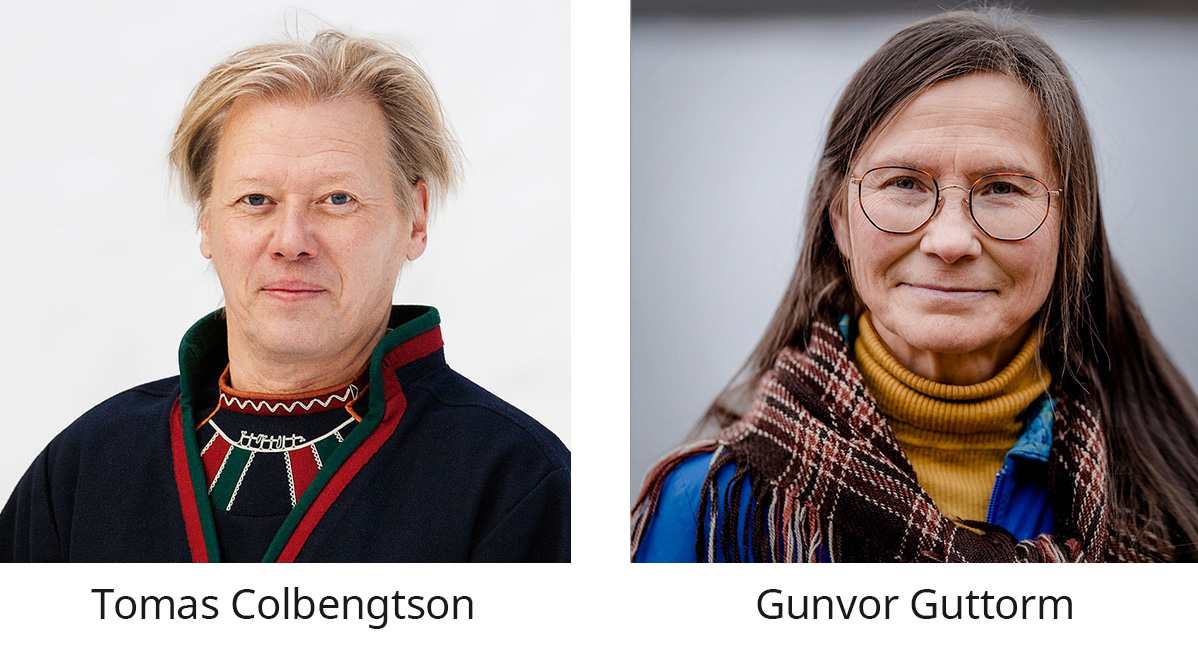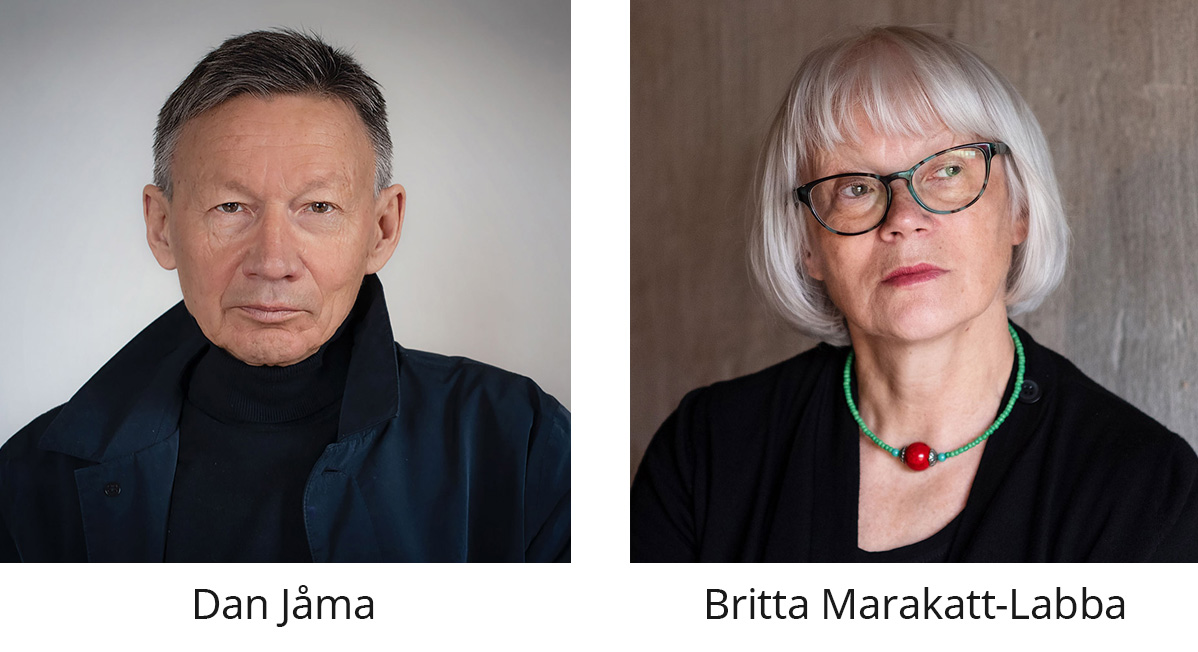
The Curators:
Arctic Highway – A borderless people


Indigenous people around the world existed long before the borders of nation states were drawn. Borders that have not taken into consideration the indigenous peoples’ regions, the areas which hold our traditional places that have sustained us. Borders were drawn up according to the fells, valleys, lakes and rivers, and so forth. Meanwhile, people had always travelled across these regions, raised their families, lived in communities that socialized, expressed themselves through language and culture, led their lives. Many indigenous peoples have experienced how governments have annexed their regions for their own purposes which have not followed the will of the indigenous peoples. Despite this, the indigenous people of the Arctic Highway have survived as a people, although they have had to struggle to maintain their culture.
Visitors to this travelling exhibition will be able to get a glimpse of what is happening in the world of Artic art and duodji Sámi handicraft. The exhibition aims to pique the curiosity of indigenous peoples and create bridges between us, and also foster understanding and insight among the public at large.
Many indigenous regions are troubled by the exploitation of their lands and cultures. Has this exploitation reached its limit? Groups of indigenous people are, at times, pitted against each other, because we live in different nation states. In such cases, we may find ourselves fighting alongside the authorities of the nation states against our own brothers and sisters who reside in other nation states. Nevertheless, we of the Arctic Highway still consider ourselves as one indigenous people. We agree that we want to work together and share our cultural experiences with each other, and that we will not let our national borders be an obstacle.
A cloud spread over the world – a cloud called “Covid 19” – and all borders were closed. Our idea for this exhibition was conceived at a time when all the world’s borders were closed. What is happening in the world? What is happening to the indigenous peoples? What happens when we must stop and reassess our way of living, both on a personal and an interpersonal level?
What has this time period done to the indigenous people? What is happening to our lands? Will there be further exploitation, and will we be forced into silence so that nation states can rebuild their economies? Or will our forefathers’ knowledge, which is still partially intact, become important in a new global reality? Have we, as individuals, learned something we wish to impart, to pass on? Now that the world is starting to open once more, have we perhaps learned to reclaim the knowledge and ways of life of our forefathers and mothers, seeing that there is more to our regions, appreciating them anew – on a personal level. Many of these thoughts are expressed through the works shown in this exhibition.
The chosen theme – a borderless people – affords everyone an opportunity to reflect, in a broader perspective, on what it truly means to be borderless, both with a view to national borders and in a purely visual sense. What we see throughout the exhibition is that many of the representatives of Sámi culture featured here are engrossed with the experience of living in a landscape, both the beautiful natural one, as well as the more controversial manifestation, the exploited landscape. Our point of departure is the events that have taken place over the past six months. However, we recognize that the exhibition’s theme can be interpreted very broadly.
The knowledge of the indigenous peoples – the silent and the silenced knowledge – must take its place on the global art map. Now, despite historical abuses and a culture of silence, this exhibition gives us the opportunity to tell our own story, through our own experiences, using our own forms of expression.






